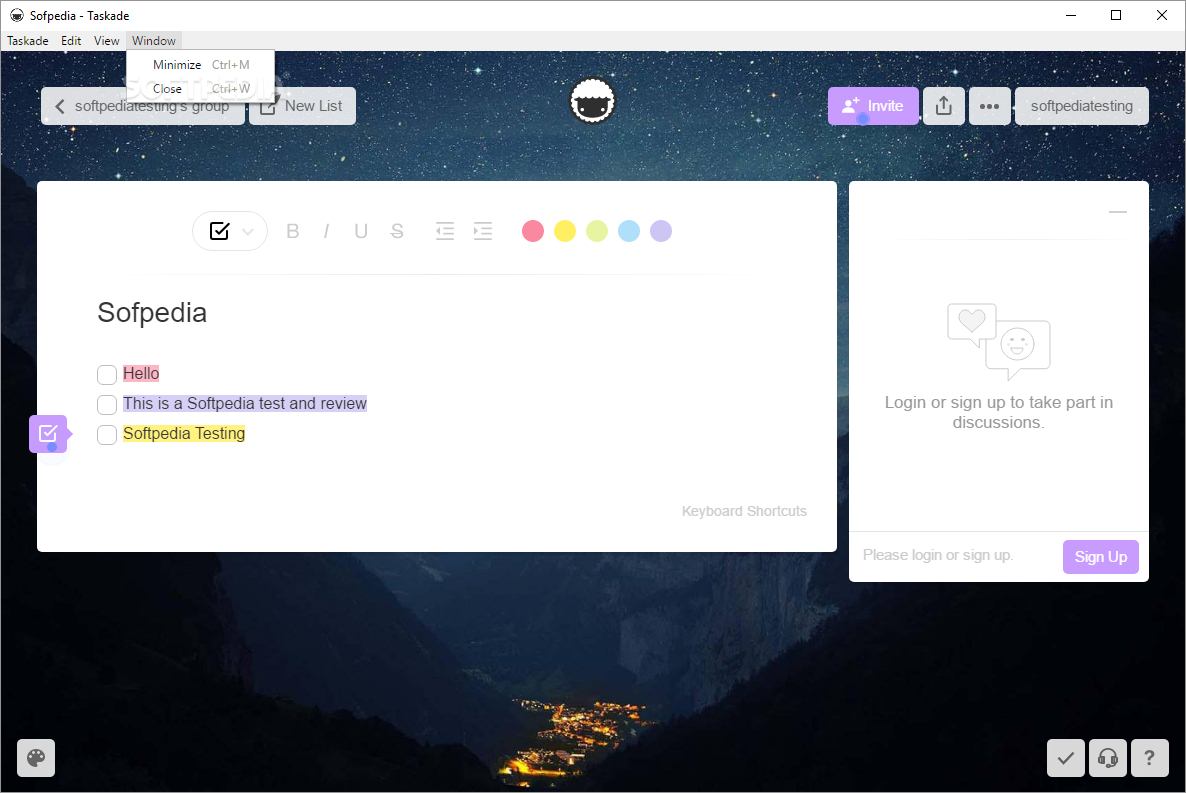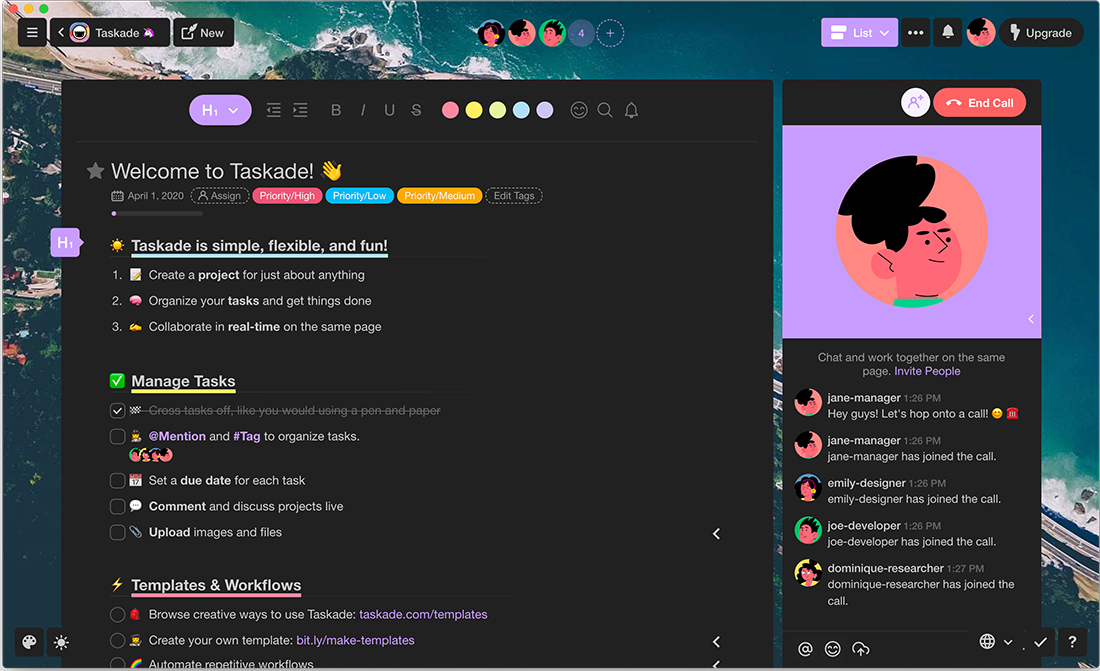
And for Project B, I’m going to give it a green color. So I’m going to select Project A, and give it the red color. So one thing that we can improve to distinguish these tasks, and these projects, under my projects from each other, is to actually give them our code. The problem here is that everything here is blue because all of the things that we put, under My Projects, it’s considered to be just one project. And the reason why we were putting this in is because we want to see our project on a calendar view. Okay, now we have all the information there. One last thing I’m going to do is I’m actually going to set a due date, including the start date for the whole project. So that’s why you can only see the final delivery date. Since it’s only five hours, I wanted to set it from June 2 to June 2, but as I’m going to show you, I actually cannot set the start date to be the same as the end date. One thing that I’ve just learned, I’m going to share this with you for the QA. I’m going to add the dates for all their tasks, right, I finished putting in the dates for all the tasks. And once you enter the end time, that’s what enables the option to put in start time. Because if you really want to add the whole start and end time, you first have to start with the end time. So three weeks, and then start date is 23rd. And so for translation, let’s say that we’re starting next Monday, and it’s 30k.

And add ons, add more, I don’t know, let’s say features to the task. So you do that if you hover over translation, on the right side, you’re going to see these add ons. Next thing that we’re going to do is start with the scheduling. And this is one way how you can add more level of detail to your tasks. But I won’t bother with this is just to show you that this is also possible. And then if you don’t want to manually type in all the sub statuses for all the languages, again, you can technically copy them and then just do the indent with the tap. So this way, you can really track the progress within each language within each main task like translation. But here’s another tip, if you wanted to do a more granular level, which is something that we do in other platforms, where we can have a separate field for statuses, I don’t think we have it right here in task eight, where you can do is you can also add sub statuses for the languages. The German, French Japanese Korean tasks, subtasks are going to work sort of really like a checklist, like okay, German is done. So here I can enter a German, French, Japanese, Korean. So because our project a let’s say it’s in two foreign languages, we want to track the status for each language, what I’m going to do is just enter and press tab, which is going to indent the task, which technically creates a sub task. Now that we have our main tasks, what you can do next is enter the sub tasks for these tasks so that you can track lower more granular detail of what’s happening with let’s say, translation of Project A or review on Project A. And then when we have a next project, we just double enter, and we aren’t going to put Project B. So, I’m just going to do the basic translation, review, and delivery.

I’m going to say that this will be my Project A, and then under Project A, we can start typing the tasks that are related to Project A. And I’m going to change this to H1, which is the heading. So if I click this thing, you’re going to have this option to change the format. Step two – instead of creating tasks right away, we want to structure it within my project, so that we know what task belongs to which project under my project.

And later on in this video, I’m going to explain to you why I’m creating this kind of like umbrella, one project where I’m going to put all my projects into. But in this case, I’m actually going to call it My Projects. Now the first thing that I’m going to do is I’m going to type project name. I don’t know about you, but the first thing I’m going to do is change it to a day mode. Right, this is exactly how Taskade looks like when you sign up.
#TASKADE TRANSLATION HOW TO#
In this video, I’m going to show you how to use Taskade to manage and layout and schedule, plan your localization projects in a very simple way. This is Andrej from Localization Academy. We’ll use simple localization projects to demonstrate the different options available for PMs. In this video, I’ll show you how to use Taskade for project management.
#TASKADE TRANSLATION SOFTWARE#
All online software will be either free or with a free trial, so you can try it on your own. Welcome to another episode in this series, where every month we’ll check out a new project management platform and see how viable it is for localization. Is Taskade any good for localization project managers?


 0 kommentar(er)
0 kommentar(er)
